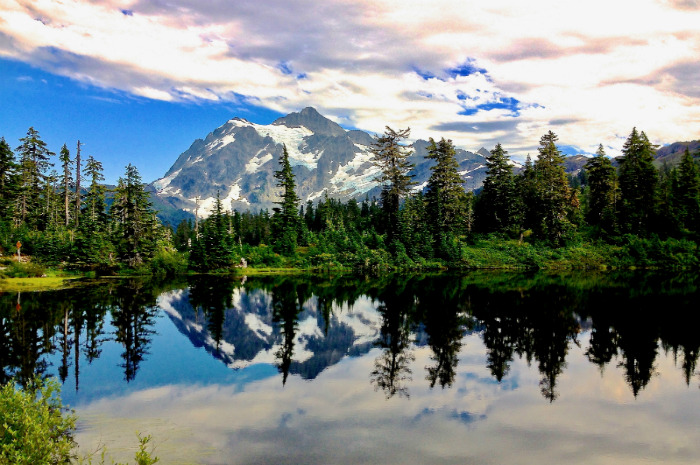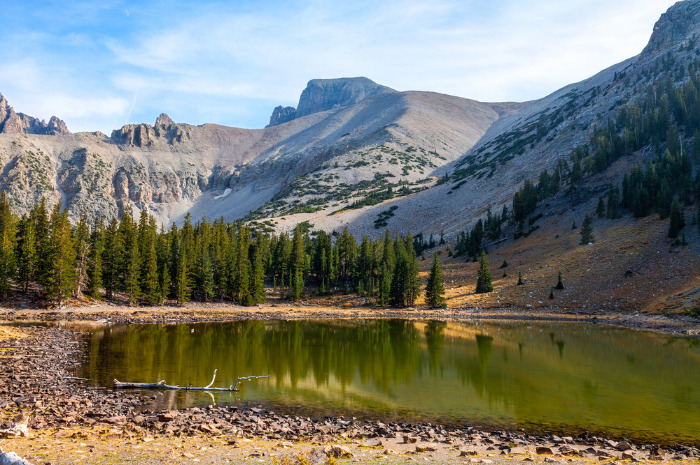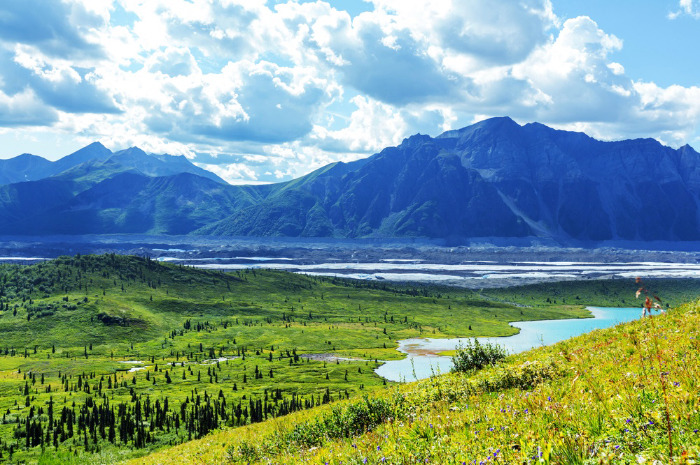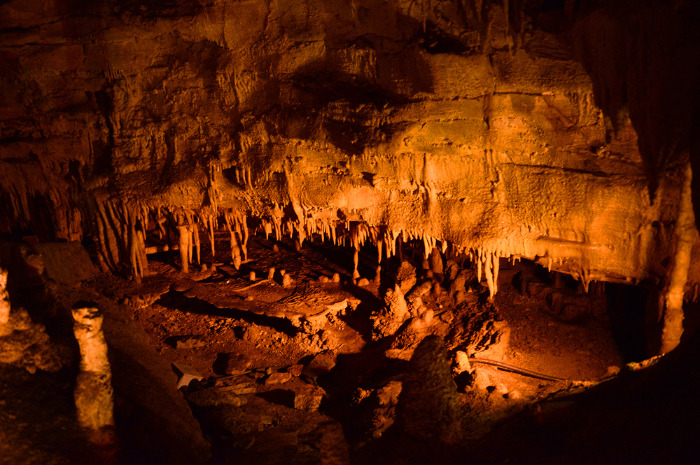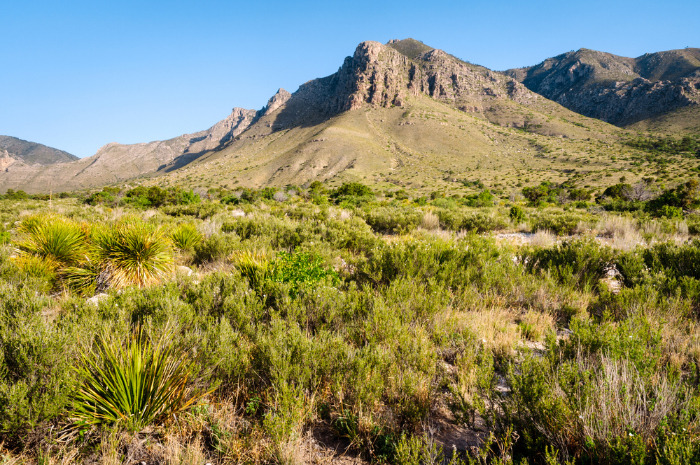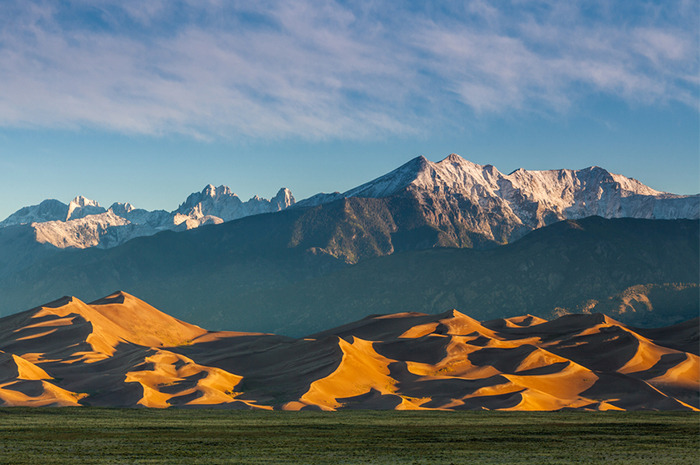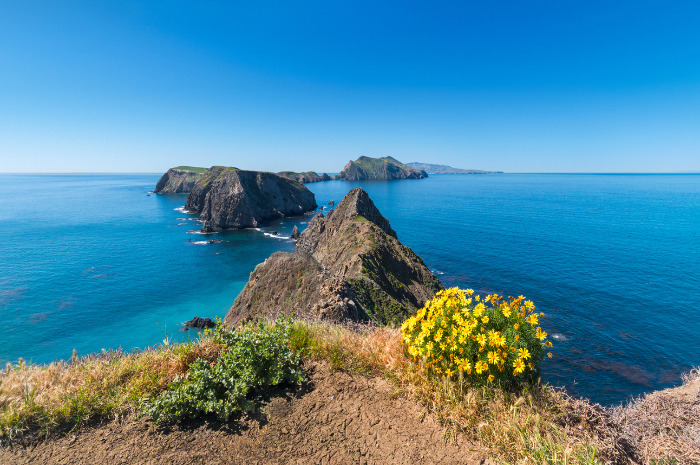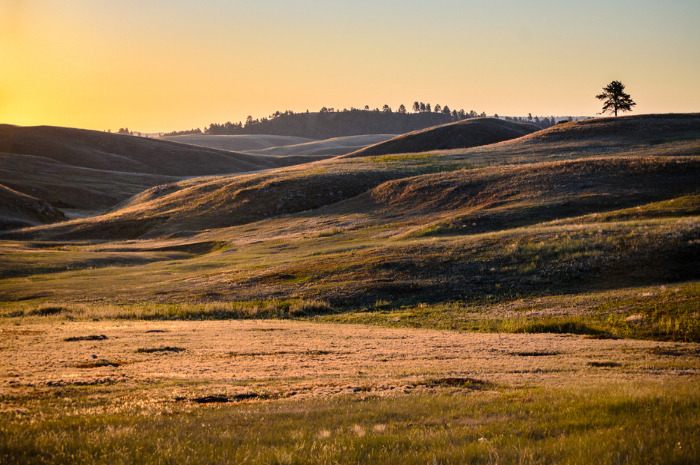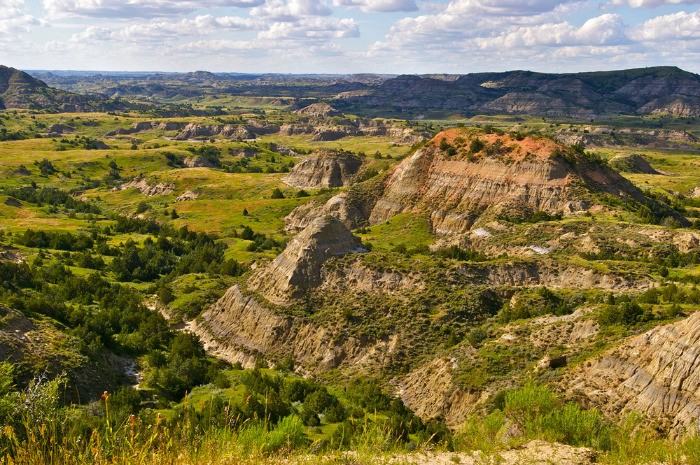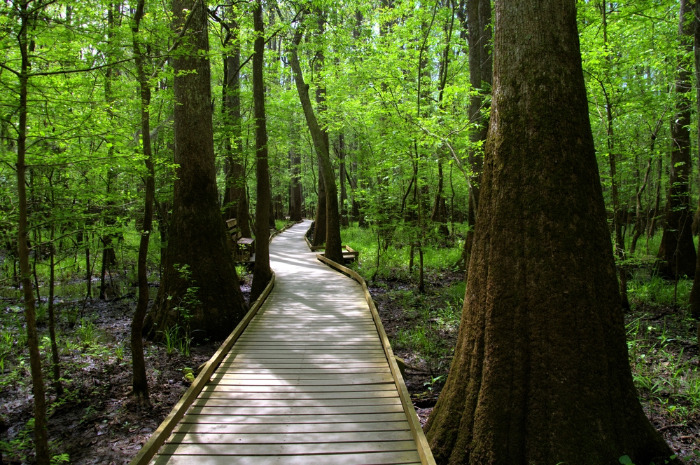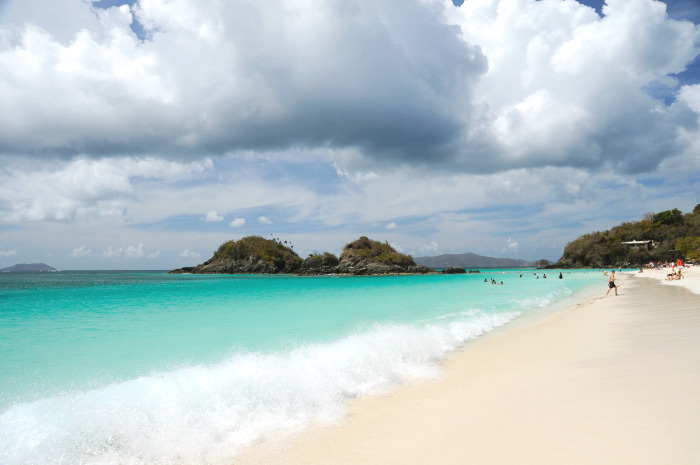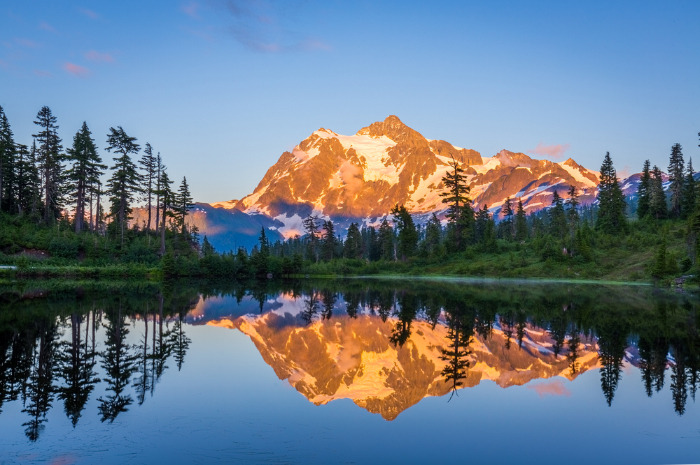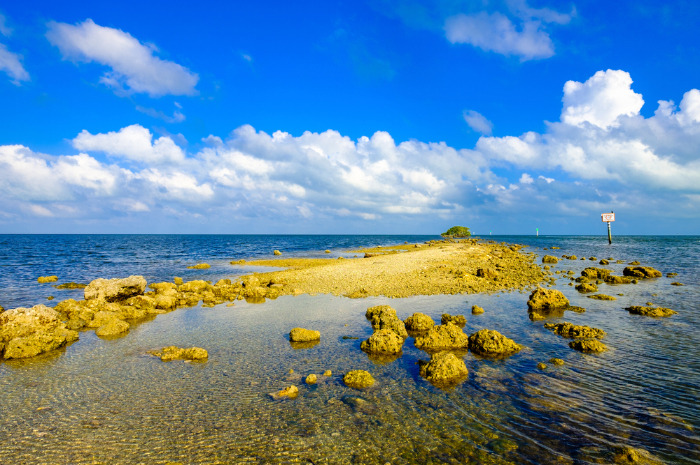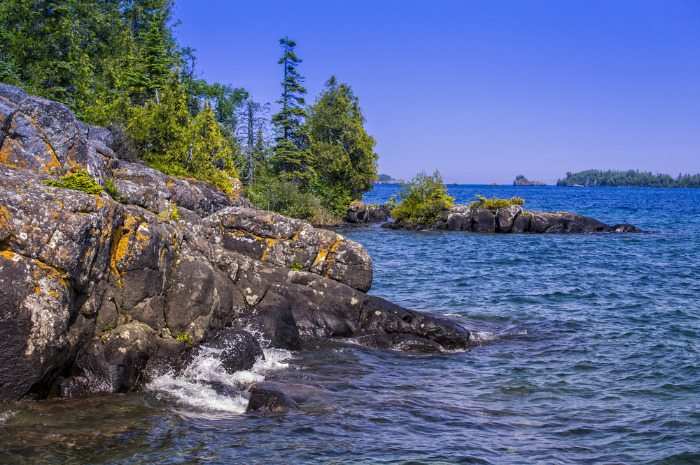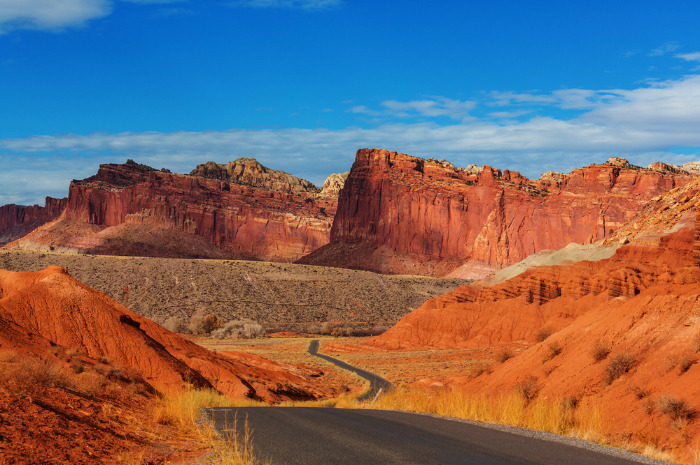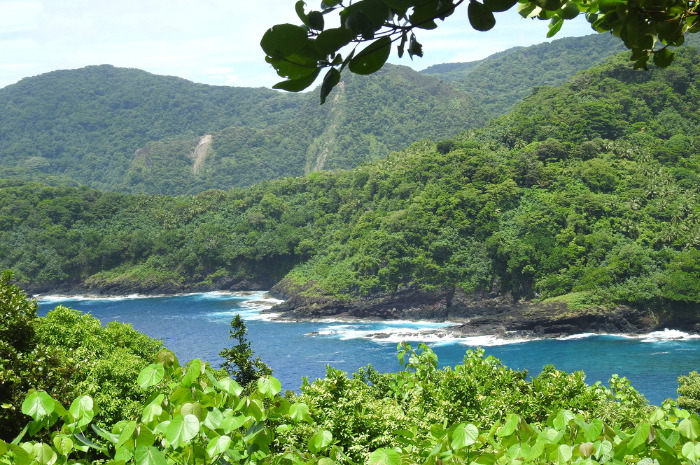Underrated National Parks In The U.S.
Everybody has heard of the Grand Canyon or the Rocky Mountain national parks, and rightfully so. They offer vast wilderness and amazing opportunities for adventure and family fun. But there are 57 other national parks that reward visitors with similar experiences. The fact that they are not as crowded as their popular counterparts is, to many people, a huge bonus. Don't miss out on "America's best idea."
Great Basin National Park, Nevada
Unless they are going to Las Vegas, most people will skip Nevada all together and head right to the Grand Canyon in Arizona. But they will be wrong, especially if they are into biking, birdwatching, camping, climbing, fishing, hiking, backpacking, horseback riding and/or wildflower viewing. Explore the beautiful marble Lehman Cave and become a citizen scientist. Also, the Great Basin is where you'll experience some of the darkest nights in the world.
Wrangell–St. Elias National Park and Preserve, Alaska
This is America's largest national park — bigger than Switzerland. It stretches from one of the tallest peaks in North America to the ocean. Mount St. Elias, at 18,008 feet, is the second highest peak in the U.S. The park's remote backcountry, which is perhaps why few people go there compared to other parks, is pure wilderness. The park is often referred to as the "mountain kingdom of North America," and it's just a day's drive east of Anchorage.
Mammoth Cave National Park, Kentucky
The park is the home of the world's longest recorded cave system. Take a tour of Mammoth Cave; it consists of 390 miles of passageway. Mammoth Cave is ideal for a day of family fun of park ranger tours and crawling on your hands and knees to see certain places. With three campgrounds, backcountry, and Green River, the park will be a grand Great American adventure. The parks is also said to be haunted, which only adds to the excitement of exploring it.
Guadalupe Mountains National Park, Texas
The park is the world's premier example of a fossil reef from the Permian Era from 265 million years ago, according to NPS. Back then a vast tropical sea covered much of the region. Today, it's a barren desert. Go for the extensive hiking and backpacking opportunities. After all, this hidden gem is Texas one of the country's most pristine wilderness areas. There are just two campgrounds in the park.
Great Sand Dunes National Park, Colorado
See and hike the tallest dunes in North America, some as high as 750 feet. Spring is the time to go because the sand doesn't get too hot during the day and sandboarding is an option. There are 19,000 acres of dunes going up 750 feet. Make sure you get on slopes that are at least 20 degrees. In some parts of the park you may come across deer or elk in their natural habitat.
Channel Islands National Park, California
You don't need to go to a beach town to have a great time swimming, sunbathing and snorkeling. The five islands off the coast of California that make up Channel Islands National Park are just an hour-long boat ride away. The rugged coastlines and undeveloped beaches typically draw people looking to explore the park's unspoiled nature and beaches. Discover sea caves, tide pools, hike the bluffs and then relax on a beach looking out into the vast ocean.
Wind Cave National Park, South Dakota
The main attractions in the park, which is one of the oldest in the country, include the world's longest and most intricate collection of caves and more than 28,000 acres of mixed-grass prairie, ponderosa pine forest and its accompanying wildlife. Join in on one of the park's "Adventures in Nature," which provides a comprehensive overview of all the park has to offer.
Theodore Roosevelt National Park, North Dakota
The most famous thing people associate with the state is the hit show "Fargo." As is the case with almost anything that has to do with North Dakota, the park is largely overlooked. Visit for a chance to see a combination of flamboyant badlands terrain, riparian habitat along the Little Missouri River, and wildlife both native and non (wild horses and longhorn cattle).
Congaree National Park, South Carolina
Hike and set up camp among mighty trees, such as giant hardwoods and towering pines, primeval forest landscapes, and diverse plant and animal life up close. The park offers both front and backcountry camping opportunities. The 22,200-acre park protects the largest contiguous tract of old-growth bottomland hardwood forest remaining in the country.
Virgin Islands National Park
Most people go to the gorgeous islands for a tropical getaway on beaches while sipping cocktails and partying at night. But they are missing out. If you want to combine wilderness and beaches, the Virgin Islands National Park can offer you the best of both worlds. Set directly east of Puerto Rico, the park covers roughly 60 percent of the island of Saint John and almost all of Hassel Island. It's world-renowned for its protected land, beaches and waters—the SCUBA diving and hiking is hard to beat.
North Cascades National Park, Washington
The park is just about three hours from Seattle. You can find everything there – jagged peaks, abundant forest, alpine lakes, cascading waterfalls, and more than 300 glaciers. Whether you prefer backpacking trips or camping, climbing and fishing, this national park will accommodate you. The unique wilderness is worth the trip. The North Cascades is not among the most visited parks, which makes it more appealing to many avid travelers.
Biscayne National Park, Florida
When people think of Florida and nature they almost always imagine the Everglades or Dry Tortugas. Anyone visiting Miami should visit the park as well. Biscayne is just 5 percent land. You can see evidence of 10,000 years of human history, from shipwrecks. It's the perfect spot for both outdoor adventurers. Biscayne offers plenty of opportunities for visitors to get out in the water or camp overnight.
Isle Royale National Park, Michigan
On the isolated island, which is one reason why it gets fewer visitor than other parks, moose and wolves outnumber humans (some of whom live on the island permanently) and scenic vistas can be found throughout the 207-square-mile island. The remote wilderness is said to be the perfect spot for every outdoor enthusiast, from hikers to kayakers and even scuba divers.
Capitol Reef National Park, Utah
Often outshined by Zion, Arches or the Bryce Canyon national parks, Capitol Reef doesn't get as much attention as it should. It's ideal for camping as backcountry, group, remote, primitive or developed camping – all options are available. The park is characterized by sandstone formations, cliffs and canyons, and a 100-mile long bulge in the earth's crust called the Waterpocket Fold. Explore the twisting canyons, massive domes, and monoliths.
National Park of American Samoa
This is one of the secret gems of the National Park Service. You don't need a passport to visit this adventure destination. The vibrant reef lies just inches below the surface at Ofu Beach. Not a lot of people go to the only U.S. national park south of the equator. The island park is 2,600 miles southwest of Hawaii, making it one of the most remote national parks in the system. Visitors get to enjoy tropical rainforests, coral reefs, and about 4,000 acres of ocean surrounding the islands.
